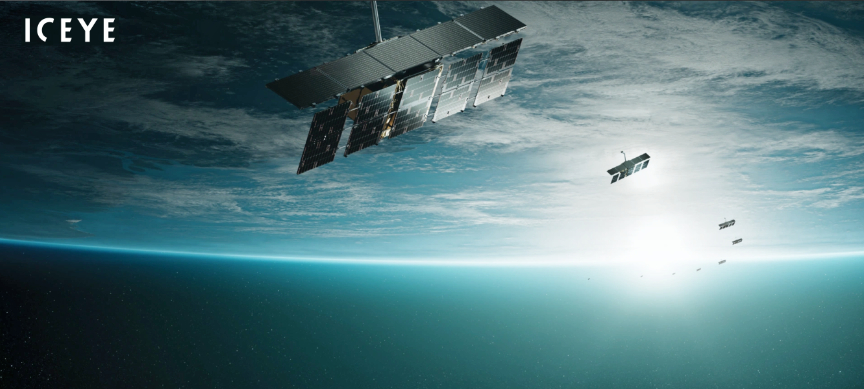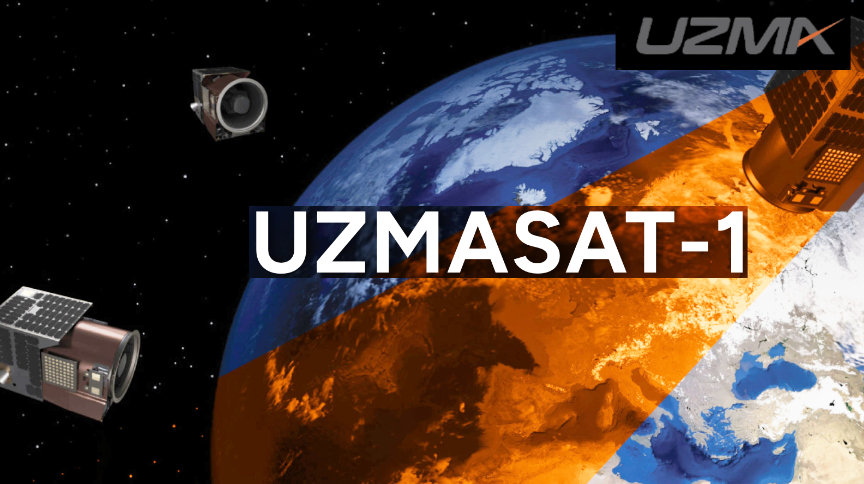
Sirius Space Services has signed a contract with Equatorial Launch Australia for a multi-year, multi-launch campaign from the Arnhem Space Centre.
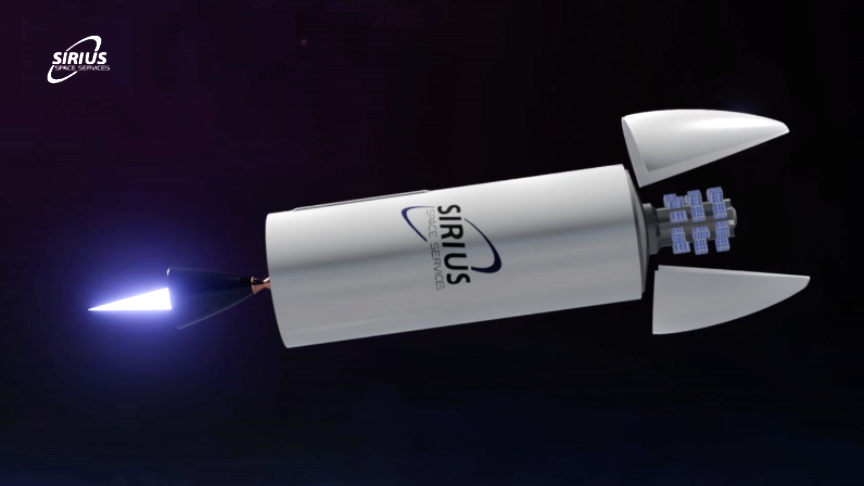
The agreement will see Sirius become a ‘Resident Launcher’ at the spaceport from 2025, taking up residency at their own dedicated Space Launch Complex (SLC) for the extended term of their multi-year contract. Sirius has elected to take up a ‘full service’ solution to be provided by ELA, taking advantage of the full suite of launch and mission support services and facilities available at the remote but ‘cutting edge’ commercial East Arnhem Land spaceport.

The campaign will begin with the development and test flights of SIRIUS 1 in 2026, followed by launches of the larger SIRIUS 13 (800 kg payload capacity) in 2027.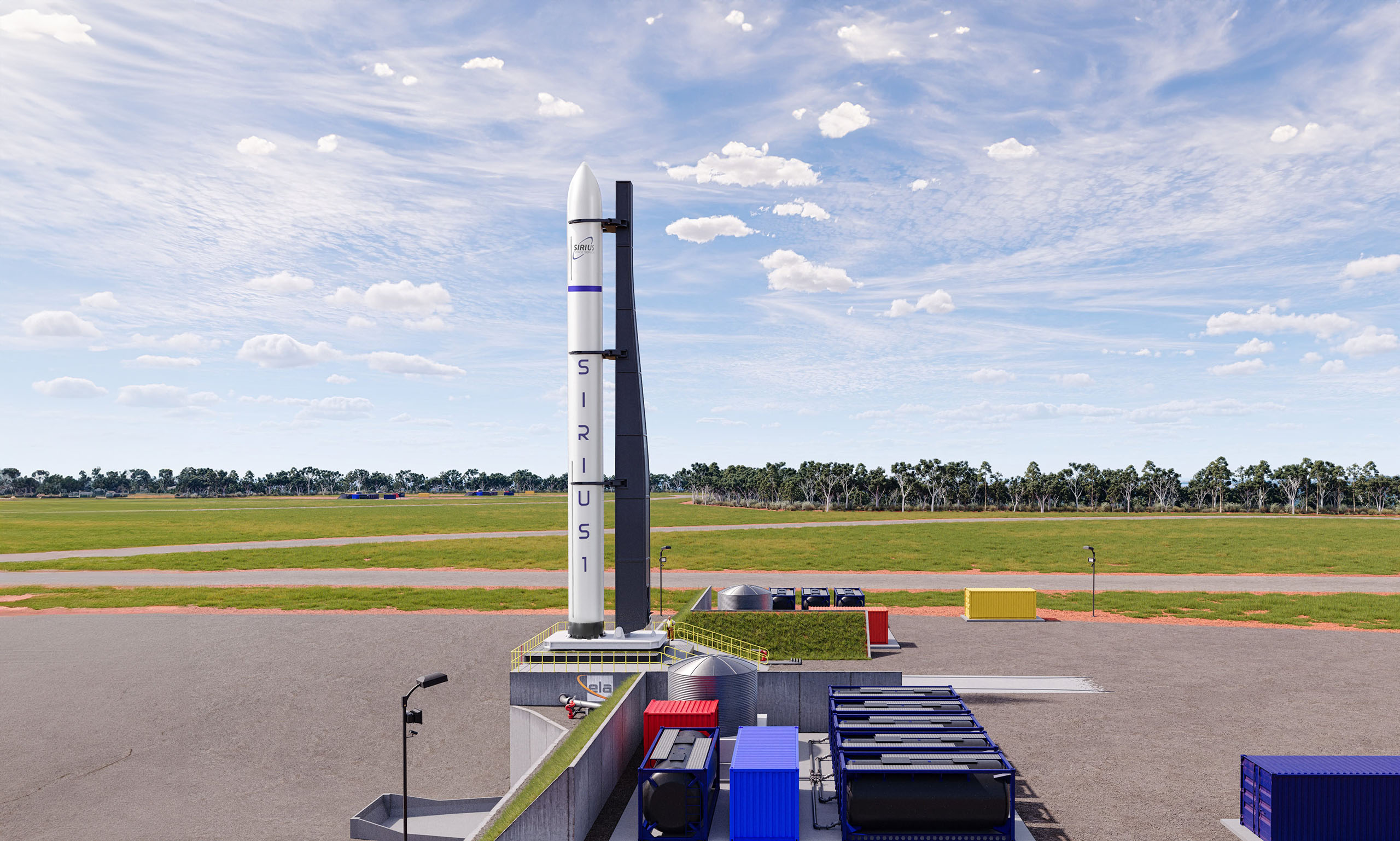
Artist impression of SIRIUS 1 rocket on an Advanced Launch Pad at the Arnhem Space Centre.
The flexibility to access a range of orbits, including medium and low inclination orbits, SSO and equatorial, along with ELA’s full-service offering, were the key reasons behind the decision by Sirius to sign with ELA for launches from the ASC. The deal significantly emphasizes the desirability and market-fit of launching from the Arnhem Space Centre and the industry leading advanced engineering and technology solutions and launch services provided by ELA. Sirius, whose planned launch cadence could scale up over time to 18 launches per year, develops competitive launch solutions designed to meet the growing needs of the commercial space market.
Sirius has selected Space Launch Complex No.3 (SLC3) or ‘Le Mans’ for their home base. The Le Mans SLC will have a dedicated 45m x 26m x 12m high Horizontal Integration Facility (HIF) with ISO 8 vertical payload integration clean room with its own full span, 20T gantry crane. Le Mans SLC also has two ASC Advanced Launch Pads (ASCALP ) where one will be fully developed with the ability to accommodate Sirius’ three variants of rocket, SIRIUS 1, SIRIUS 13 and, in future, the large 4 booster SIRIUS 15 variant. The other launch pad will be part-developed as a back-up.
) where one will be fully developed with the ability to accommodate Sirius’ three variants of rocket, SIRIUS 1, SIRIUS 13 and, in future, the large 4 booster SIRIUS 15 variant. The other launch pad will be part-developed as a back-up. 
The Sirius range. SIRIUS 1, SIRIUS 13 and SIRIUS 15.
Services to be provided by ELA as part of the deal include joint design, manufacturing, integration of a range of essential launch system equipment (under Sirius lead) as well as a comprehensive systems and services for launch and mission operations (under ELA lead). It will cover a very wide scope including: strongback and support/clamping equipment design and integration, propellant, oxidizer and gases provision and delivery to the rockets, launch management, mission control functions, assistance with launch permit applications, logistics to and from Paris to the ASC spaceport, on-site accommodation and detailed support for assembly, integration and test of both engines and rocket systems.
Sirius’ has an innovative approach to rocket engine design which comprises metal additive manufacturing / 3D printing using copper and nickel-chromium superalloys. Its STAR-1 engine is fueled by liquid oxygen and methane – producing 55kN of thrust.
The agreement marks the second ‘Resident Launcher’ contract for ELA; further validating ELA’s innovative business model. Several other contracts and commercial alliance deals are expected to be announced in the near future.

“I’m delighted and excited to announce this contract with Sirius Space Services,” said ELA’s Group CEO, Michael Jones. “Sirius will become the second resident launcher at the Arnhem Space Centre which means they will leverage ELA’s advanced commercial spaceport concept, taking advantage of our comprehensive suite of launch solutions, innovative commercial offering and the best customer service and support to increase efficiency, safety, mission assuredness and commercial benefit to Sirius. It was key for Sirius to have the ability to access unique orbit options to service their clients and we are probably the only place on the planet that could provide access to these orbits, the support level required, and access to the scope of launch services in the timeframe required. We absolutely love working with Sirius who we believe are among the most mature and advanced launch service providers we work with.“
Jones added, “When you combine the list of services and equipment offered with physical attributes of the spaceport including: minimal jet stream and stable upper atmosphere, low maritime and air traffic and all the attendant infrastructure assets in our area such as a sealed B737 capable runway and airport within 15 kms, deepwater port, weather monitoring facilities, hospital and no population within 30 kms, it’s quite compelling. When added to the most important element – the access to more orbital inclinations for Earth Observation, Communication/IOT and Defence applications – the ASC can be almost be considered a ‘designer spaceport. Sirius is bringing innovation into the small launch market by developing a range of agile and affordable and flexible launch solutions. They are an extremely impressive rocket company. The rate of progress during each of our visits to their premises in the past few years has been remarkable and their vision for sustainable and reusable space systems is world leading.”
Mr. Jones stated that in addition to contracted rocket companies Innospace and Sirius, inbound enquiry relating to ELA’s services has been ‘hot’ meaning the Space Launch Complexes are filling fast. “We are currently in the final stages of negotiation with three more launchers about our resident launch contracts, so our remaining orbital complexes are filling fast. The feedback we are receiving is that our comprehensive, full-service approach is really resonating with these rocket companies and their payload customers and that is why we’ve developed our new tagline: ‘You build the rockets… we’ll take care of the rest’ ,” said Jones.
,” said Jones.
In addition to its seven dedicated ‘Resident Launcher’ Space Launch Complexes, ELA has expanded its offering to include common use, multi-user launch pads for ad hoc or ‘one-off’ launches as well as a suborbital multi-user launch pad facility.
“This contract demonstrates the potential for the ASC to deliver on our goal of being the pre-eminent commercial launch site globally. With the combination of our launch pad design/technology, launch inclination options, respected geopolitical reputation, infrastructure, logistics and engineering support solutions, we know we offer a highly competitive and attractive spaceport solution,” said Jones.
François Maroquene-Froissart, Co-founder & CTO of Sirius Space Services, said, “Our decision to select ELA was driven by their advanced commercial spaceport concept, which includes state-of-the-art infrastructure, innovative commercial offerings, and exceptional customer service and support. ELA’s commitment to safety, operational excellence, and service aligns with our mission to deliver agile and competitive launch solutions to our global clientele.”




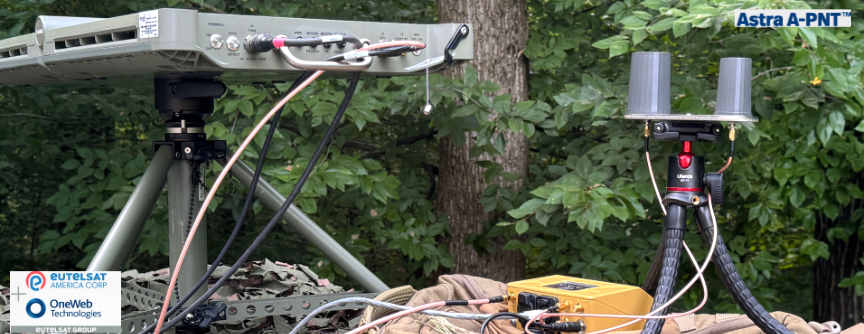
 solution that is designed to ensure seamless LEO SATCOM connectivity and operational performance when GPS/global navigation satellite signals (GNSS) are unavailable or compromised.
solution that is designed to ensure seamless LEO SATCOM connectivity and operational performance when GPS/global navigation satellite signals (GNSS) are unavailable or compromised. 

 , the software-defined satellite product line enabling constellations to extend communication networks to every corner of the world.
, the software-defined satellite product line enabling constellations to extend communication networks to every corner of the world.
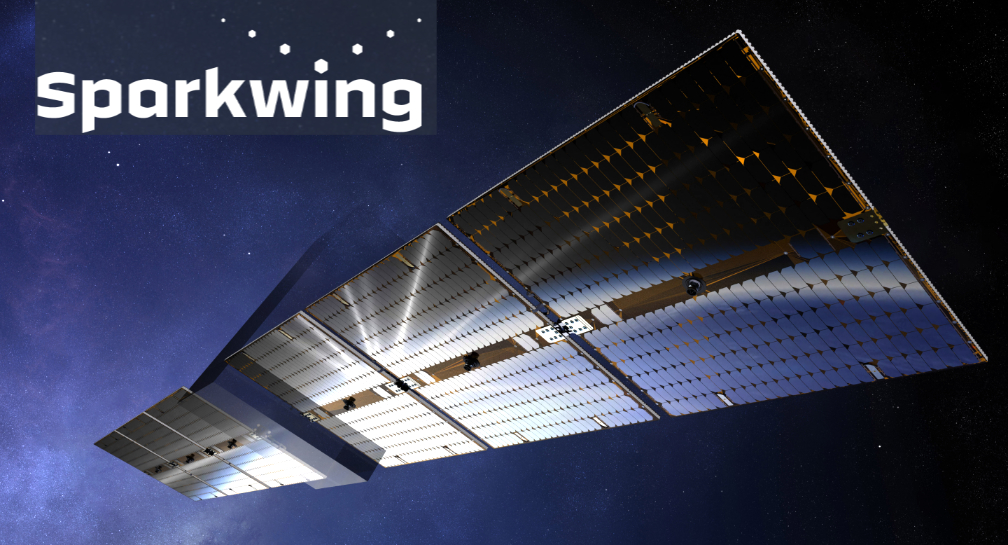

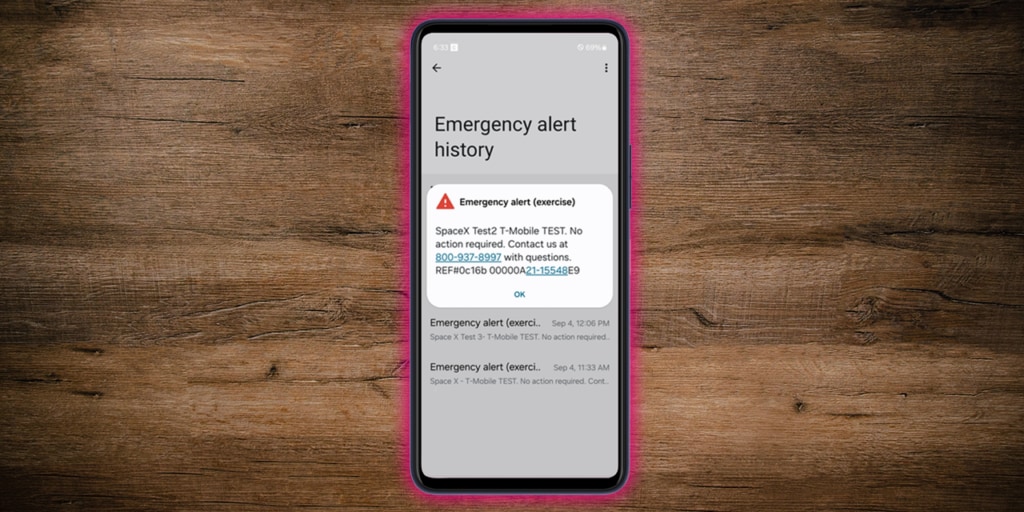



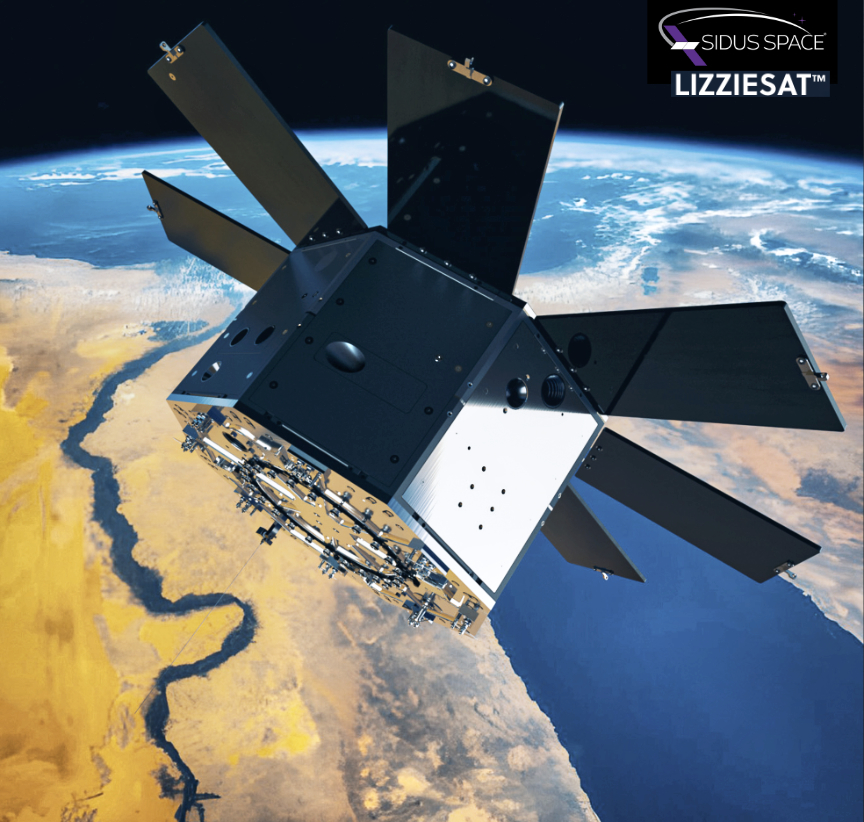
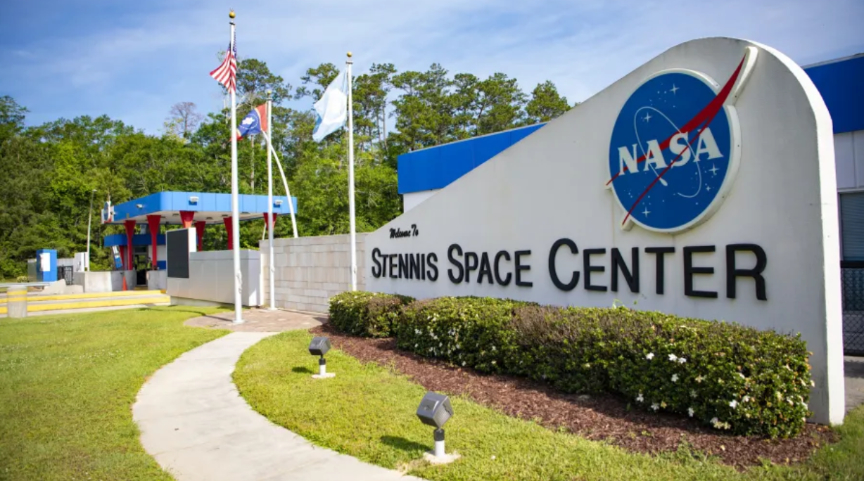
 and a vision of enabling space flight heritage status for new technologies while delivering data and predictive analytics to domestic and global customers. More than just a “Satellite-as-a-Service” provider, Sidus Space products and services are offered through its several business units: Space-as-a-Service, Space-Based Data Solutions, AI/ML Products and Services, Mission Planning and Management Operations, 3D Printing and Products and Services, Satellite Manufacturing and Payload Integration. and Space and Defense Hardware Manufacturing. Sidus Space is ISO 9001:2015, AS9100 Rev. D certified, and ITAR registered.
and a vision of enabling space flight heritage status for new technologies while delivering data and predictive analytics to domestic and global customers. More than just a “Satellite-as-a-Service” provider, Sidus Space products and services are offered through its several business units: Space-as-a-Service, Space-Based Data Solutions, AI/ML Products and Services, Mission Planning and Management Operations, 3D Printing and Products and Services, Satellite Manufacturing and Payload Integration. and Space and Defense Hardware Manufacturing. Sidus Space is ISO 9001:2015, AS9100 Rev. D certified, and ITAR registered.